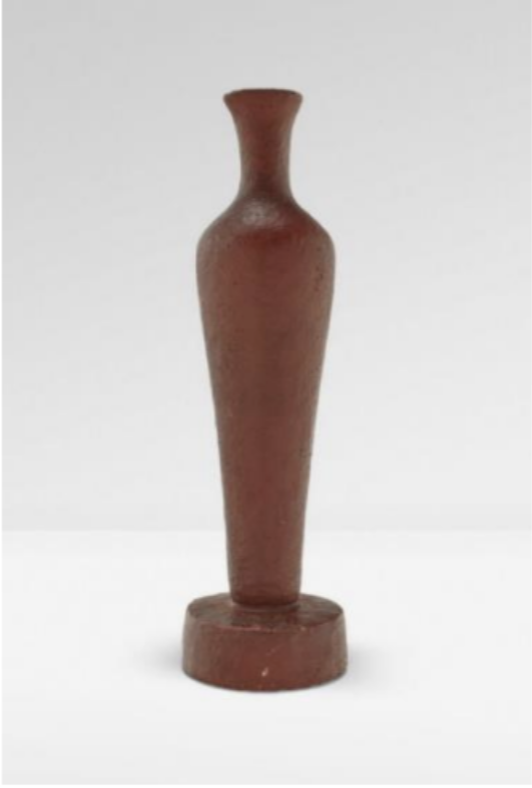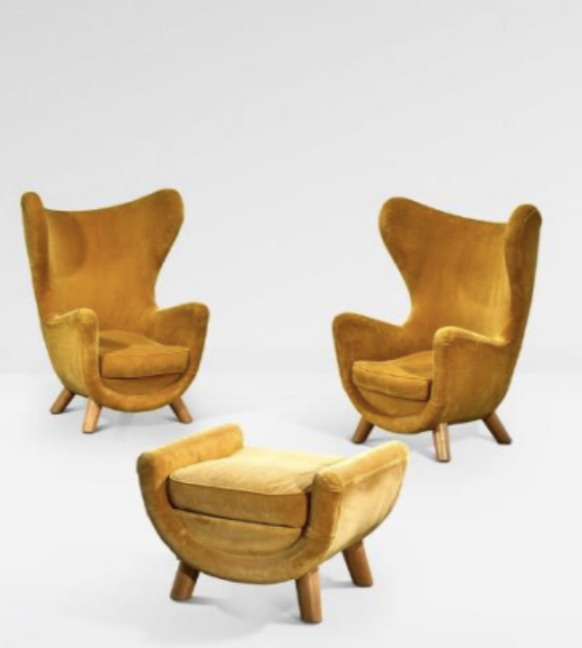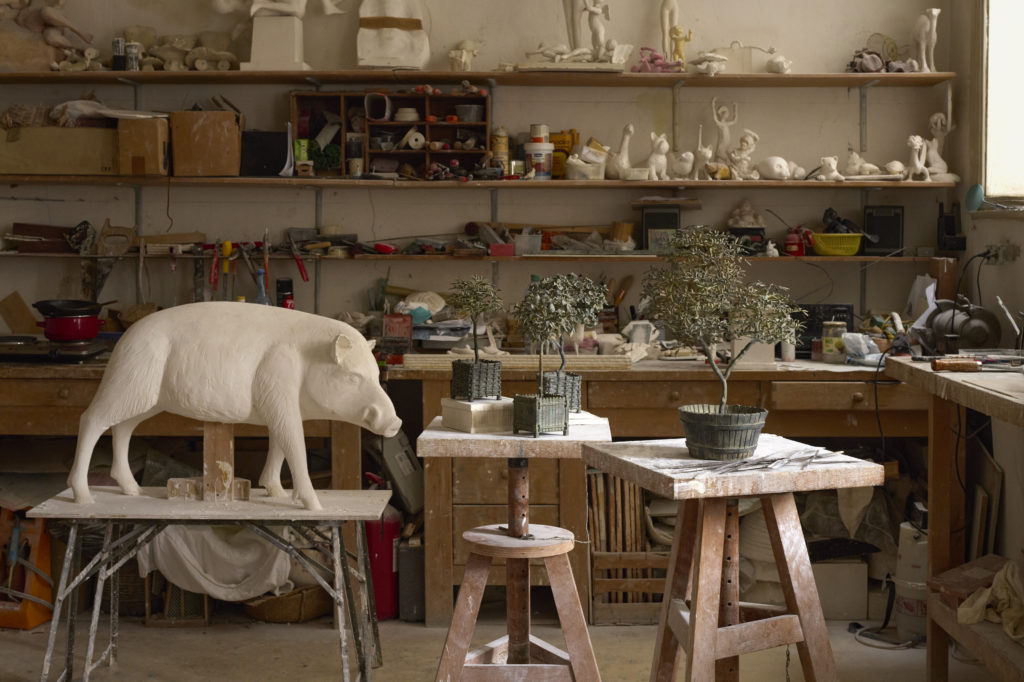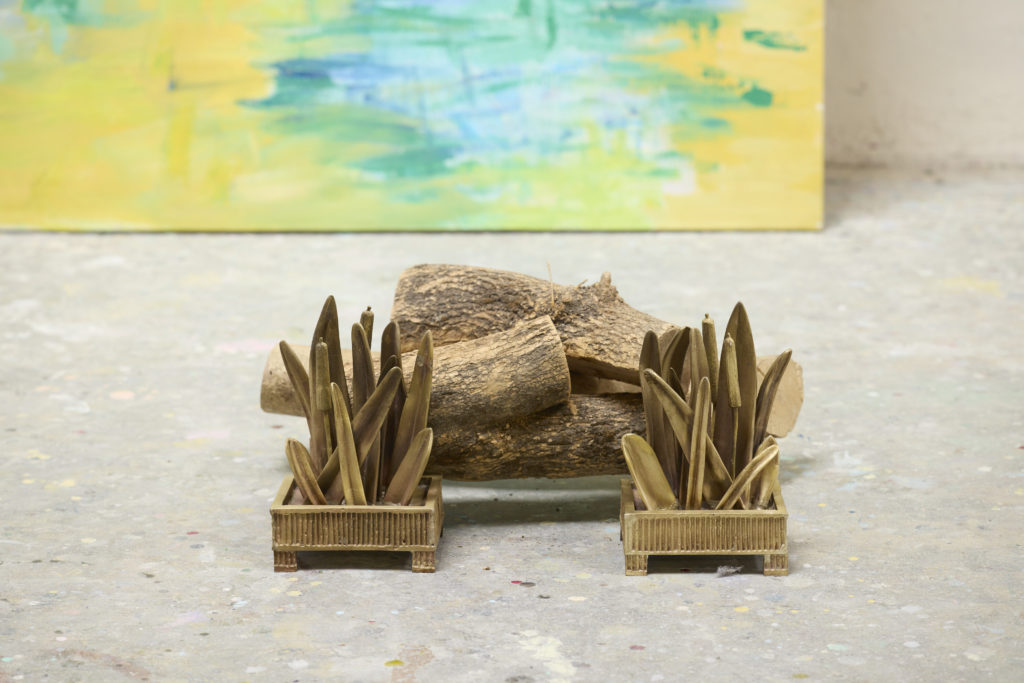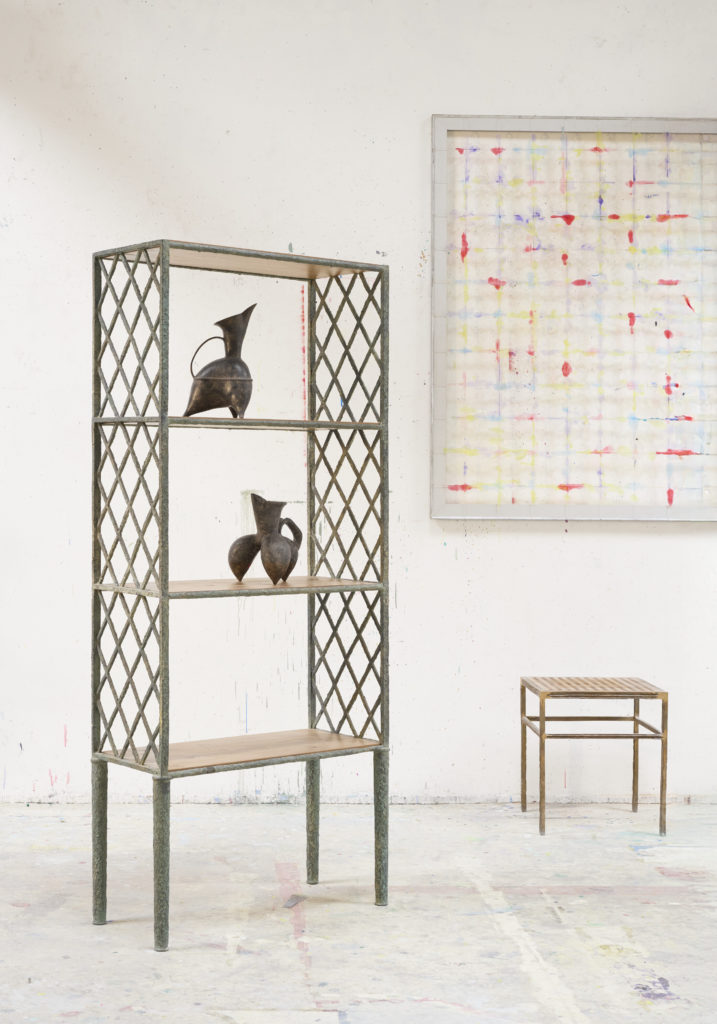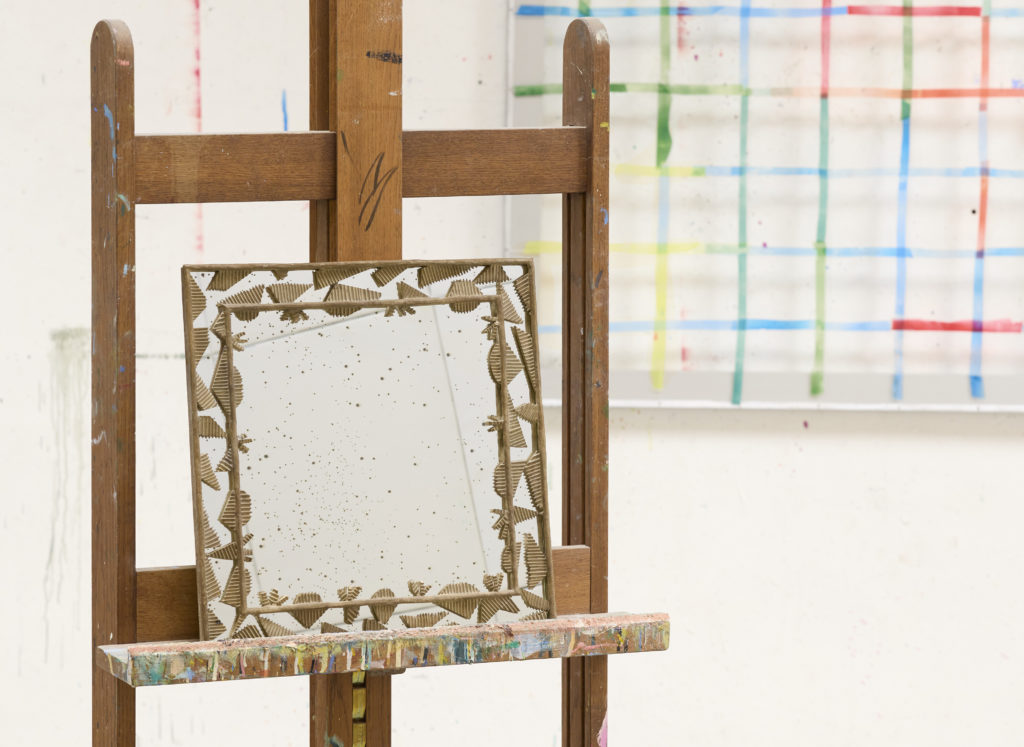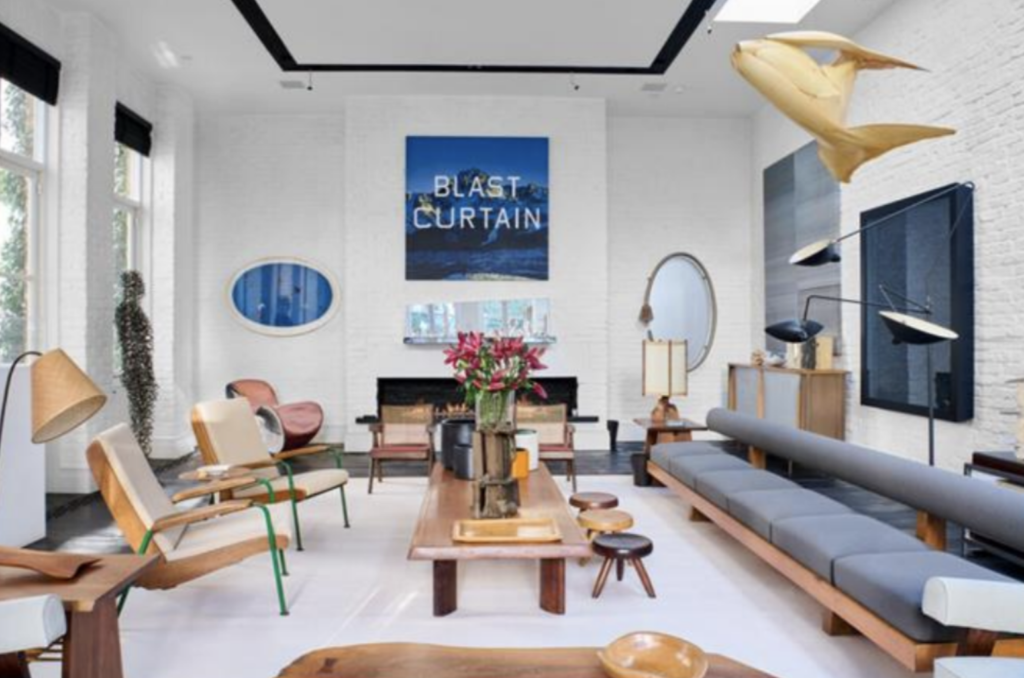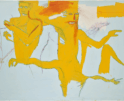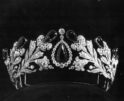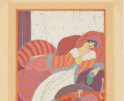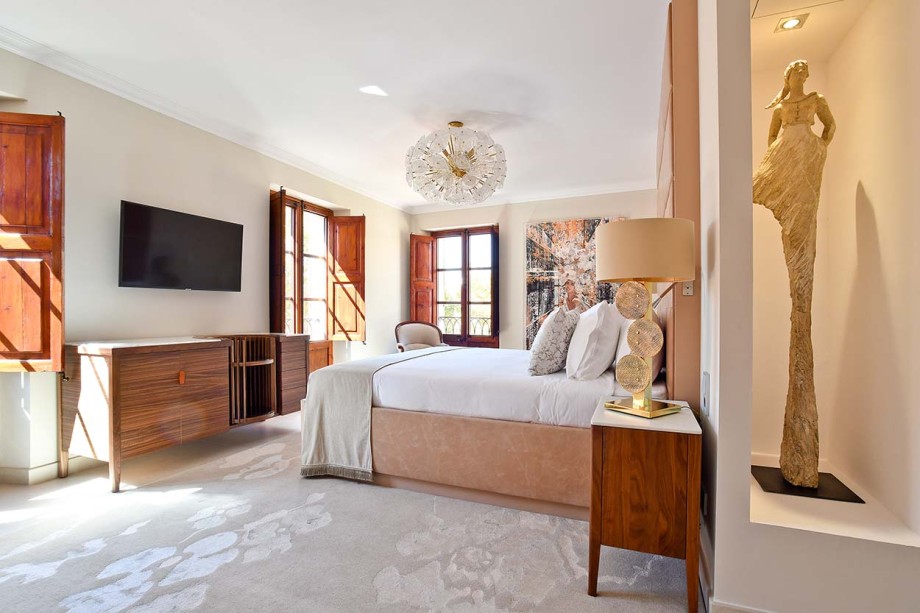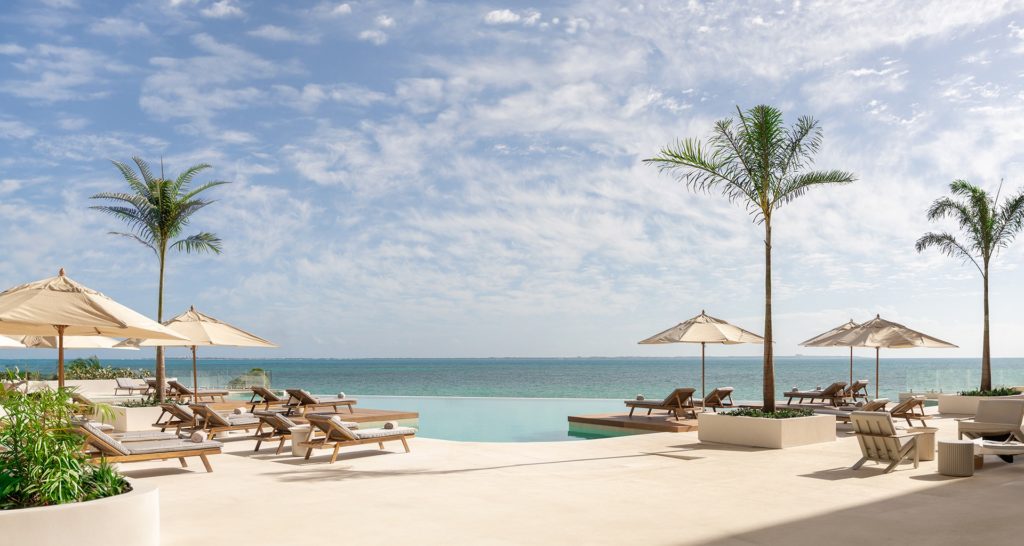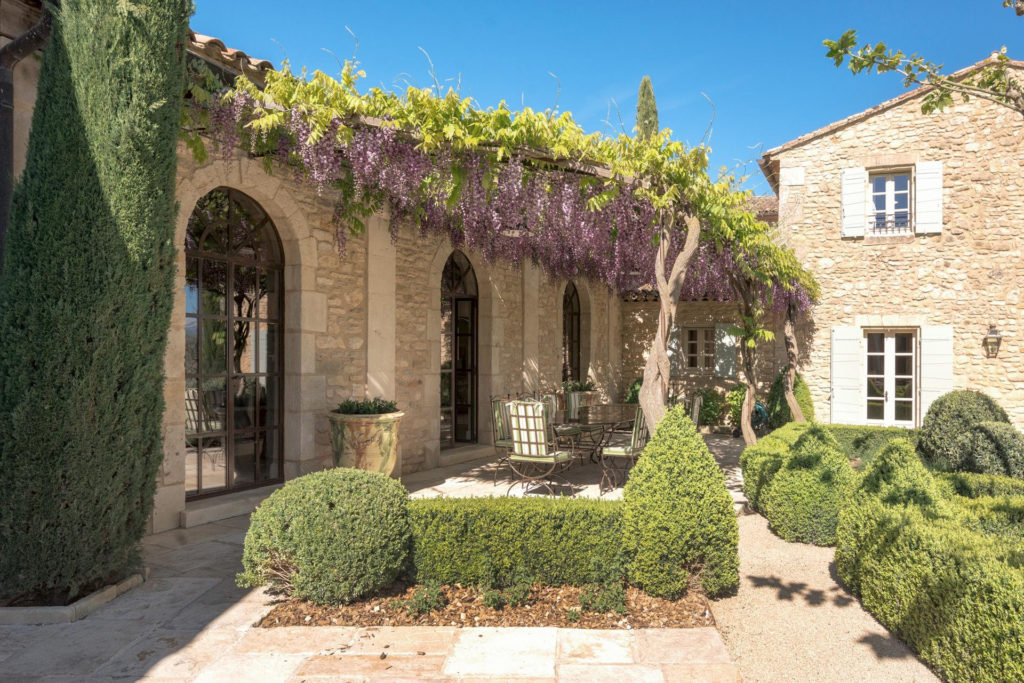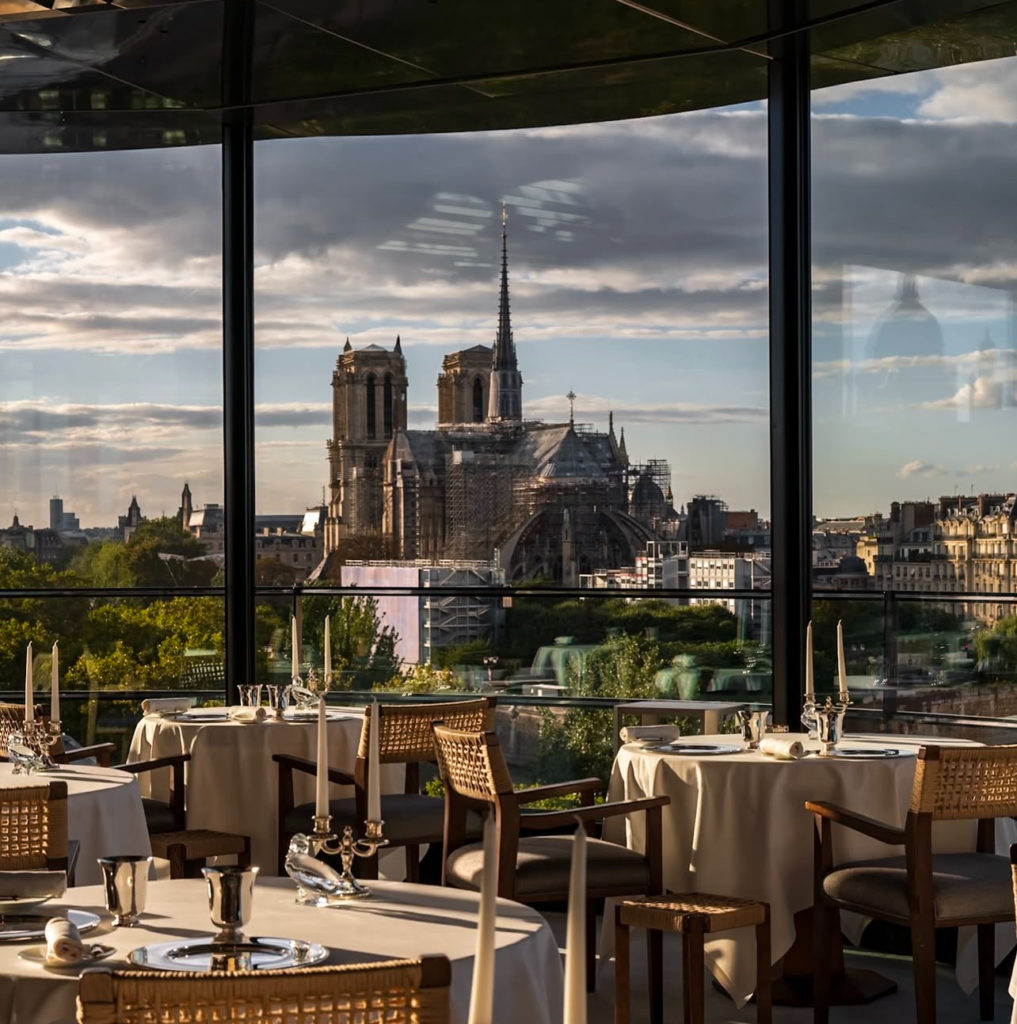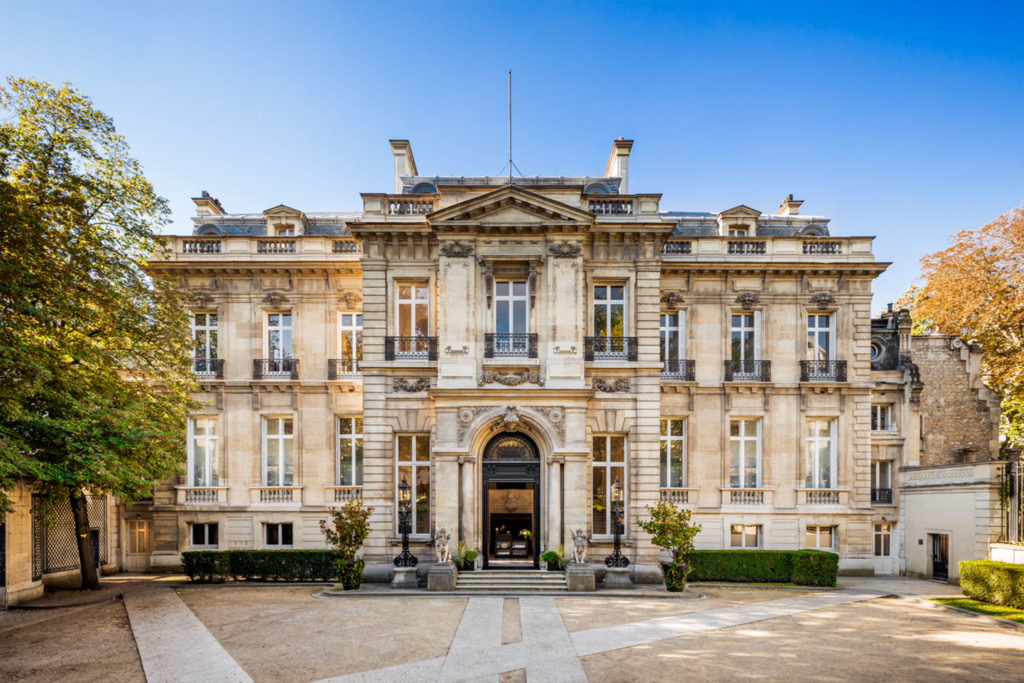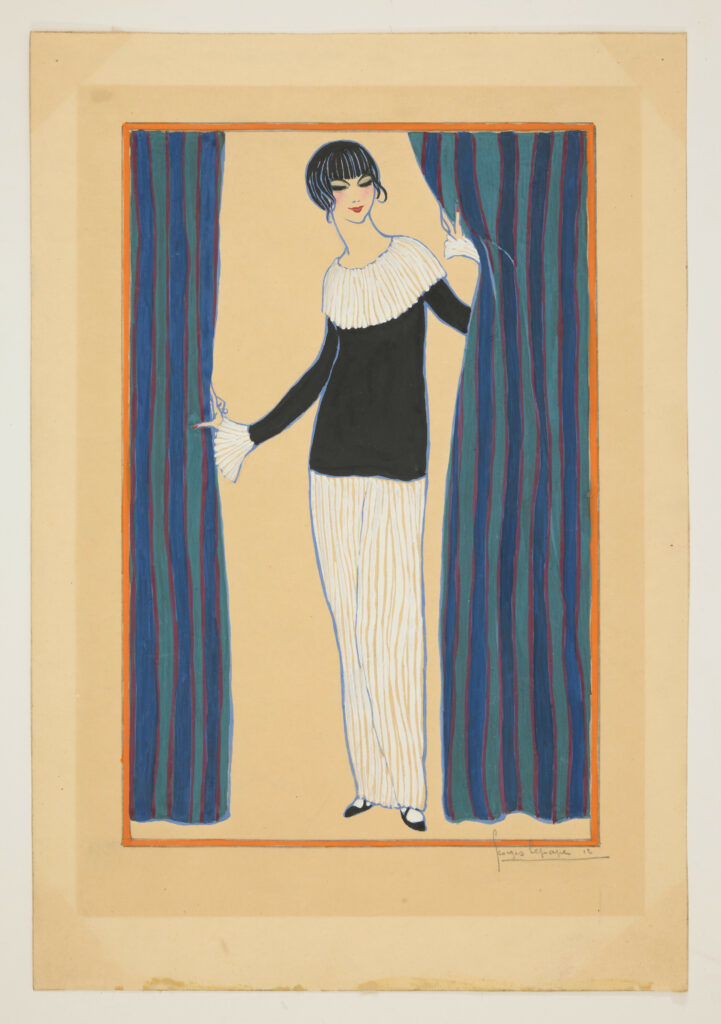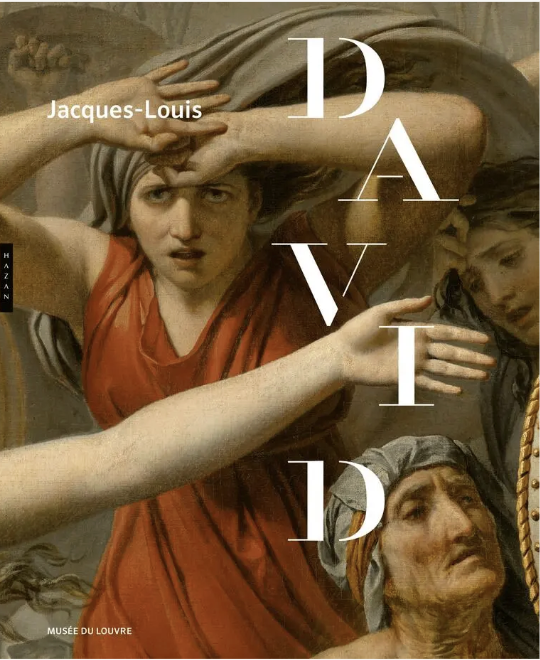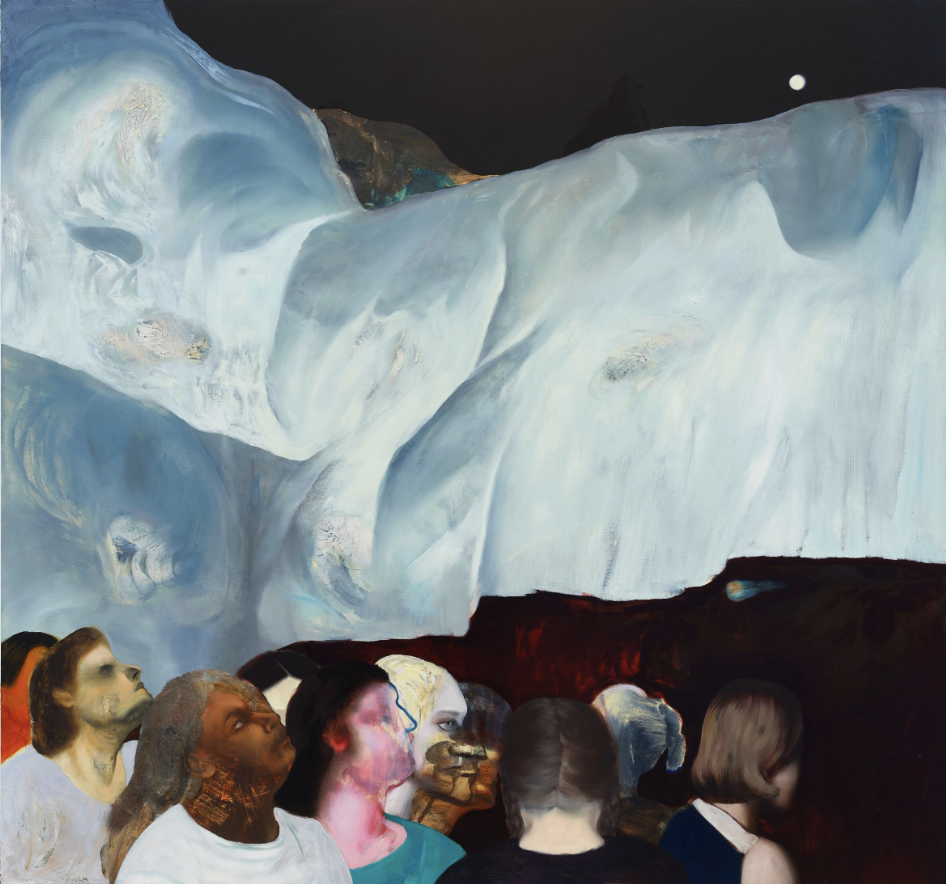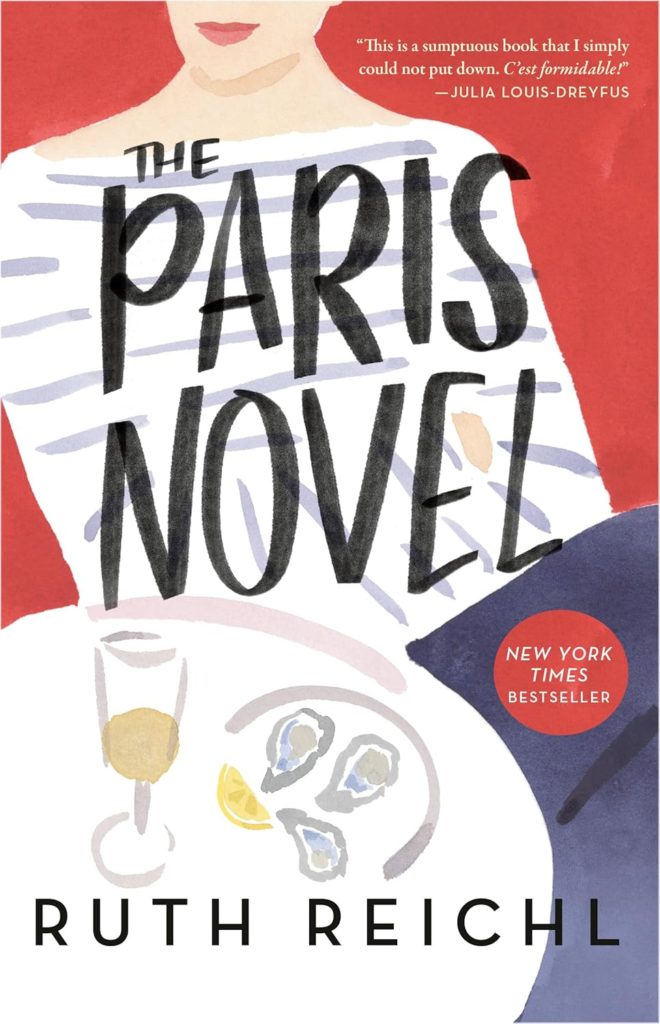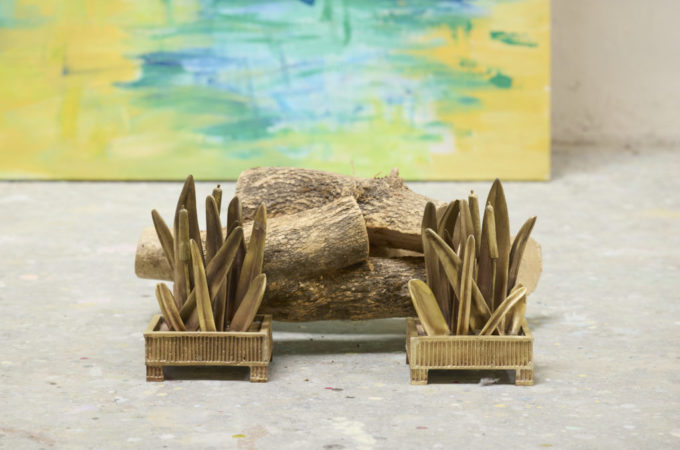
Giacometti’s €300,000 Lamp: A Masterpiece That Outshines the Modern Market
More Than Light: Giacometti’s ‘Lampe Grecque’ Becomes the Icon of Collectible Design
Not all lights are meant to illuminate. Some are meant to provoke. To seduce. To shift the energy in a room with nothing more than presence. Alberto Giacometti’s Lampe Grecque, grand modèle, circa 1937, is exactly that: a work of radical restraint masquerading as lighting. A masterpiece in terracotta, glazed with myth, modernity, and meaning.
Presented in Christie’s Paris Design auction, this rare piece – estimated between €200,000 and €300,000 – has done more than attract collectors. It has redefined the cultural currency of functional art. Standing at just 45 cm, this lamp exerts monumental force. It doesn’t scream for attention; it commands reverence.
What makes it extraordinary is not only its provenance – though Giacometti’s name alone is enough to generate frenzy among serious collectors — but its nuance. The Lampe Grecque is a sculptural artifact suspended in time. It nods to Hellenistic form, yet speaks the uncompromising visual language of pre-war European modernism. The proportions are studied. The surface, deliberately imperfect. It’s not decoration – it’s dialogue. Between history and future. Earth and mind. Silence and statement.
ALBERTO GIACOMETTI (1901-1966) LAMPE ‘GRECQUE’, GRAND MODÈLE, VERS 1937 Terre cuite
peinte / painted terracotta 45 x 13 cm / 173⁄4 x 51⁄8 in €200,000-300,000
This was a period when Giacometti was refining his vocabulary. The 1930s marked his transition from surrealist abstraction toward a more personal, human scale. And this lamp – tactile, poised, elemental – reveals a deeply architectural side to his practice. It was created not just to be seen, but to be lived with. To glow quietly in rooms of thinkers, tastemakers, and the terminally discerning.
At Christie’s, this piece didn’t just rest on a plinth. It pulsed. It reminded everyone in the room – and anyone paying attention outside of it – that true design is never just about form or function. It’s about presence. It’s about what an object does to a space, a psyche, a soul.
In today’s design market, where collectibility is often confused with trend, Lampe Grecque is a pointed reminder that authenticity still reigns. This isn’t Instagram furniture. It’s not a prop. It’s a relic of genius – and a statement of intellectual taste.
So yes, it’s a lamp. But only in the most technical sense. In reality, it’s a piece of history. A work of art. And for one very fortunate collector – it’s a permanent seat at the table of design immortality.
HERVÉ VAN DER STRAETEN (born in 1965) Console Passage No. 503, the model created in 2015, this example produced around 2021. Lacquered steel. Estimate: €10,000–15,000 © Christie’s images Ltd 2025 Jessie Vialard
JEAN ROYÈRE (1902–1981) Pair of ‘Éléphanteau’ Armchairs and an Ottoman, special commission, 1950.
Estimate: €400,000 – €600,000
© Christie’s images Ltd 2025 Emilie Lebeuf
Diego Giacometti, Alberto’s brother and a master in his own right, offered a series of bronze pieces that echo a different, more poetic rhythm. Where Alberto distills existence to raw essence, Diego invites us into a world of lyrical minimalism. His Console aux Oiseaux, with its delicate birds perched atop sturdy branches, feels less like furniture and more like a fable told in bronze.
Jean Royère, the French master of joyful form, returned in full force – his pieces playful, sculptural, yet never unserious. The Ours Polaire armchairs and sofas – soft, cloud-like, and impossibly chic — continue to embody that rare tension between comfort and high design. Royère didn’t just make furniture; he composed environments where whimsy meets savoir-faire.
From France we shifted south to the brilliant modernism of Carlo Mollino, Italy’s enigmatic polymath whose works are pure theatre. A table by Mollino is not simply a surface — it is choreography in wood, glass, and sensuality. His organically shaped furniture remains unrivaled in its fusion of surrealism and structural daring.
View of Louis Cane’s studio
© Christie’s images Ltd 2025 Nina Slavcheva
The Scandinavian school was equally well-represented, with works by Poul Kjærholm and Finn Juhl whispering of quiet luxury. The lines are spare, the materials tactile. Juhl’s mastery of curve and proportion, Kjærholm’s reverence for steel and leather – both speak to a northern elegance that needs no embellishment.
Charlotte Perriand appeared as she always does: sharply relevant. Her pieces, born from a passion for social function and modularity, now resonate more than ever in our design-obsessed era. Her cabinets and tables are not nostalgic – they are prophetic.
Works by Ed Ruscha, Martin Kippenberger, and Wade Guyton will be presented in May 2025 in New York during Christie’s 20th/21st Century Marquee Week. In Paris, the May Design sale will spotlight creations by Charlotte Perriand, Jean Prouvé, Serge Mouille, Georges Jouve, and George Nakashima. In October, pieces by Antony Gormley, Damien Hirst, and Gabriel Orozco will be presented in London.
Rounding out the vision was Isamu Noguchi, the Japanese-American sculptor who made light feel like poetry. His iconic Akari lamps graced the preview rooms like floating sculptures – ephemeral, soulful, and utterly modern. Even now, decades later, Noguchi remains ahead of us.
This sale wasn’t a look backward. It was a manifesto. A showcase of how the great designers of the 20th century continue to shape our aspirations, our interiors, and our definition of beauty. These weren’t objects. They were philosophies. Materials shaped by memory, by ideology, by hand.
And in the heart of Paris – where design has always been destiny – Christie’s delivered not just an auction, but a love letter to the eternal allure of form.
Recommended
-
Inside Phillips’ Most Daring Sale Yet – From Bacon to a 67-Million-Year-Old TriceratopsNovember 6th, 2025
-
A Dynasty in Diamonds: The Vanderbilt Family Treasures at Phillips GenevaOctober 7th, 2025
-
Paul Poiret x Georges Lepape: The Golden Age of Parisian Elegance ReturnsOctober 6th, 2025
-
Phillips Hong Kong Jewels Auction: Exceptional Emeralds, Rubies, and Signed Masterpieces Shine in September 2025September 5th, 2025

